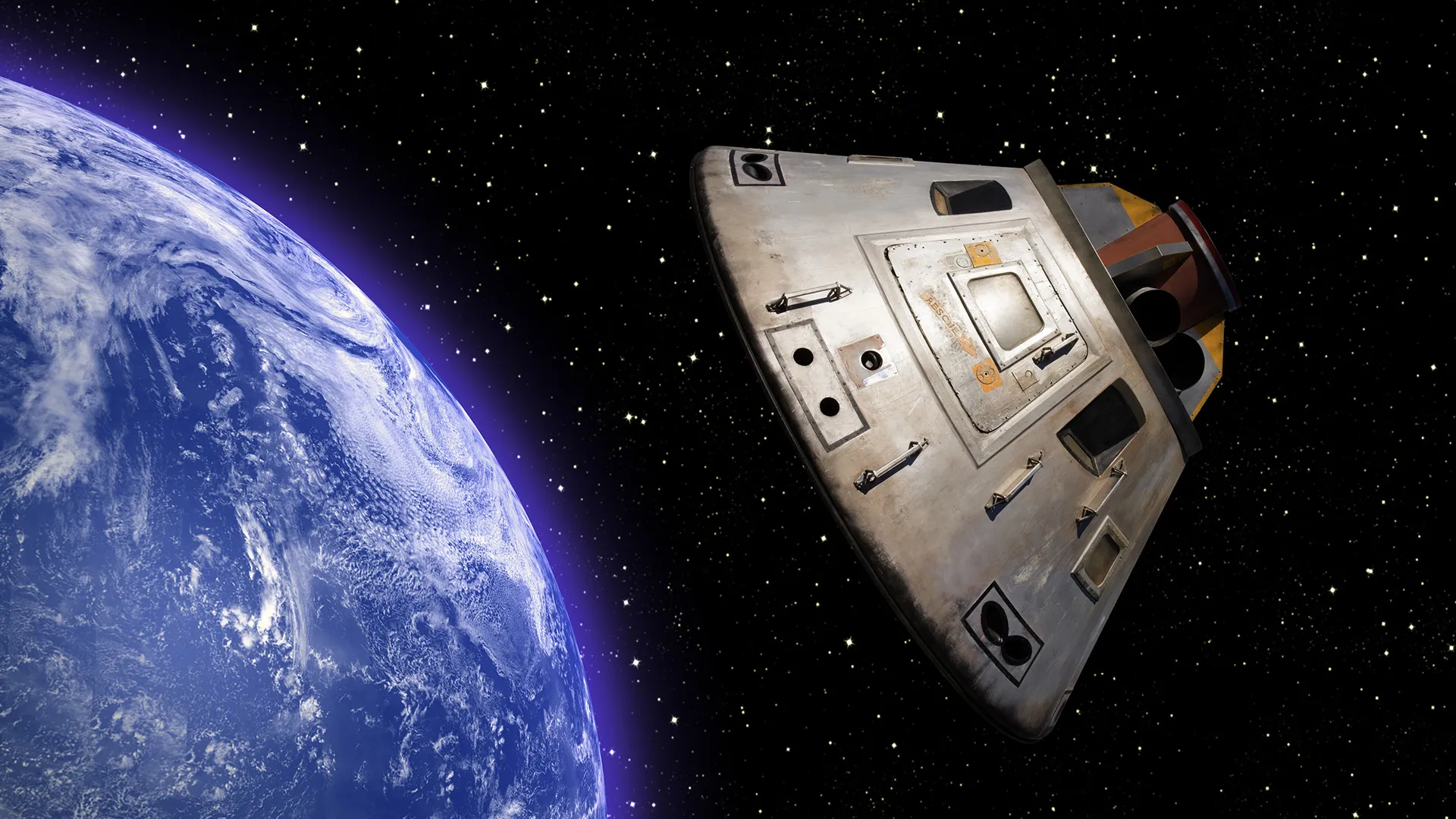The most powerful leadership moments are rarely handed to you. In fact, they typically don’t even come when you want. Rather, they arrive when plans collapse, and you’re forced to adjust tactical objectives to achieve the deeper mission. One standout example is the Apollo 13 mission, which made history 55 years ago this week.
Even today, the lessons learned from Apollo 13 remain relevant. In the face of disaster, NASA never abandoned the mission essential of returning the crew safely to the earth. To do so, they dug deep into core principles, and the teams and organization emerged even stronger and more resilient. Some people see a failed mission. I see People First at work.
Back in April 1970 when Apollo 13 launched, I was in second grade. Like many kids of the era, I was space-obsessed. My family watched the liftoff and splashdown on television, and in fact, as a 7-year-old, I had no idea anything had gone wrong. It wasn’t until years later that I understood all the lessons packed into that flight.
When the Mission Changes Mid-Flight
Approximately 56 hours into what was supposed to be NASA’s third lunar landing mission, an oxygen tank exploded aboard the ship. Commander Jim Lovell’s understated radio message – “Houston, we’ve had a problem” – set in motion what NASA would later call a successful failure.
After the explosion, landing on the moon became irrelevant. Previous missions – Apollo 11 in July 1969 and Apollo 12 in November 1969 – had already landed astronauts on the moon. But for Apollo 13, survival was the entire objective starting April 14, 1970.
This distinction between tactical objectives and core mission is crucial. And yes, it’s easy to confuse the two. But remember that when President John F. Kennedy committed the U.S. to landing Americans on the moon, he included the necessity to bring them home safely. Sadly, 14 U.S. astronauts had already died during spaceflight or training by the time Apollo 13 launched. NASA had already experienced hardship of the worst kind; and so, for Apollo 13, the tactics changed – but the mission remained the same.
People First When It Matters Most
After Lovell’s radio message, Flight Director Gene Kranz made it clear, “Failure is not an option.” This was the clear priority that guided every decision from then on.
Mission Control reorganized into specialized “tiger teams,” each focused on specific challenges such as power management, trajectory calculation and life support systems. Jobs titles were less important than expertise. Engineers who had designed the systems worked alongside mission controllers to innovate solutions with minimal resources.
Take the iconic “mailbox” CO₂ scrubber. When carbon dioxide reached dangerous levels, engineers devised a way for astronauts to adapt and build a serviceable scrubber using only what was available on the spacecraft — plastic bags, cardboard and duct tape.
This wasn’t in any manual. It required cross-functional collaboration, rapid prototyping and trust in the team’s collective intelligence. NASA unleashed the full problem-solving potential of the ground teams by removing barriers and empowering expertise. That’s People First in action.
Prepared Improvisation: The Heart of Strategic Agility
Apollo 13’s successful failure wasn’t just about quick thinking. It was about prepared improvisation. NASA’s culture of “what-if” simulations had created a foundation for responding to the unexpected. Teams practiced responses to failures that had never occurred, building a repertoire of skills that could be recombined when faced with the unprecedented. Business consultant and author Jim Collins calls it “productive paranoia.”
In his book Good to Great, Collins also emphasized, “Greatness is not a function of circumstance. Greatness, it turns out, is largely a matter of conscious choice and discipline.” The Apollo 13 team didn’t return home safely by luck or chance. They made conscious choices and followed disciplined processes even as they innovated solutions to problems that had never existed.
Bringing It Home
I’ve faced my share of Apollo 13 moments in business, none more significant than my experience as CEO at Borden Dairy.
When I arrived at Borden, the mission seemed clear – build the company up and position the historic American brand for new opportunities. Then reality hit when we discovered insurmountable problems that weren’t visible when the business was last purchased.
Just like Apollo 13, the mission as we saw it initially became impossible. We had to pivot – and fast. Our new mission focused fully on People First. We dedicated ourselves to preserving as many jobs as possible by working through a Chapter 11 bankruptcy.
Despite the pressure from financial partners and bankruptcy lawyers, we stayed focused on People First, and Borden survived. Like Apollo 13, impending catastrophe served as the springboard for meaningful work and powerful leadership experience.
In the face of unexpected and seemingly overwhelming challenge, the questions to ask are:
- Am I prioritizing tactical objectives over the deeper mission?
- Are high-performance teams free to do their best?
- Organizationally, what is the collective knowledge to draw on to pivot, and where can we find new routes over, around or through the obstacles at hand?
Apollo 13 shines bright as an example of doing things right when just about everything is going wrong. It’s here, at the critical intersection where mission stability meets strategic agility, that People First gives you the strength, stamina and creativity to work until you find a way out.
P.S. For a dose of leadership inspiration, I recommend watching the 1995 film Apollo 13, starring Tom Hanks and Kevin Bacon. It’s mission-critical movie making at its best.
